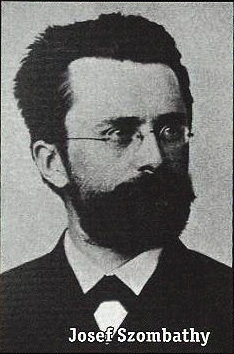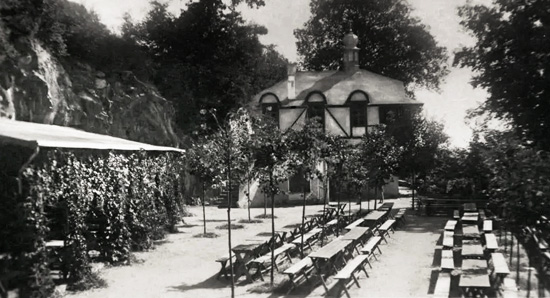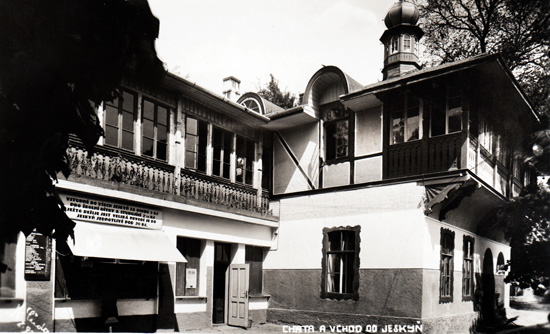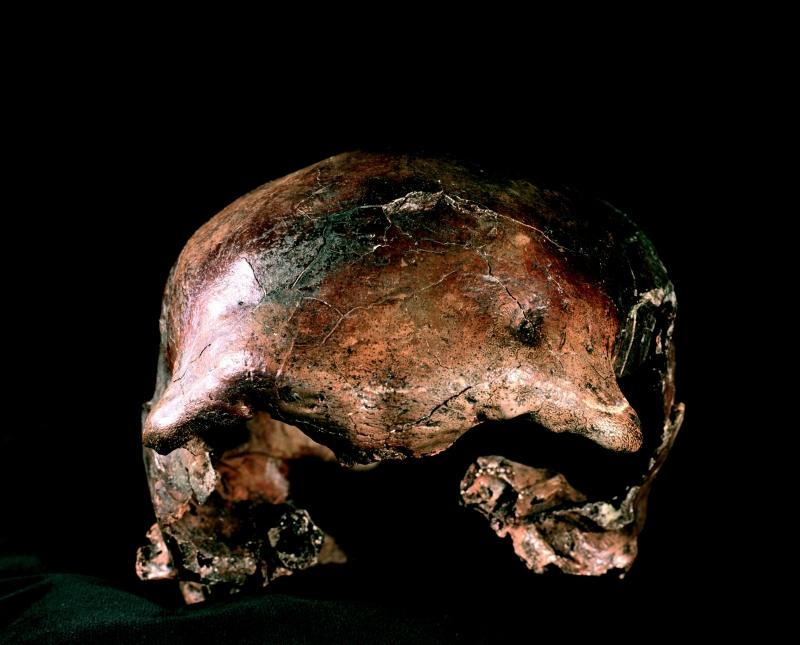Mladeč Caves - history

ARCHAEOLOGY AND PALEONTOLOGY
Many worked animal bones, relicts of prehistoric man and ancient animals’ skeletons and other unique items lay buried in the caves under a shallow layer of soil and cave sinter for tens of thousands of years. When the spaces under the Třesín Hill were rediscovered by people at the beginning of the 19th century, allegedly, they found bones of “a giant” here and a tool made of bone. For several decades, however, the caves were a target for unqualified visitors who carried away precious artefacts and bones together with the stalactite and stalagmite decoration. As far back as in 1881–1882 the first expert survey was carried out by Josef Szombathy, a curator of the Museum in Vienna. The surprising results of his work included some findings of human bones, bone and stone tools, some drilled animal teeth and many animal bones. His findings are among the collections of the Natural History Museum in Vienna. At the beginning of the 20th century, the surveys continued and, in addition to J. Szombathy, J. Knies, J. Smyczek, J. Skutio and J. Jelínek participated in them. Most of the findings, however, were destroyed during a fire at the Mikulov Chateau at the end of World War II.
Over a hundred individual human bones belonging to men, women and children were found in the Mladeč Caves. From the artefacts found, the elongated projectile points of spears carved from bones, called “Mladeč type projectile points” (of which the biggest one is 28.8 cm long) and pendants made from 22 drilled teeth of various animals (incisor and canine teeth) are the most remarkable and were obviously worn. They are one of the oldest examples of evidence of people decorating themselves. A large number of animal bones document the composition of fauna at that time, during warmer weather fluctuations of the last ice age. The main species include extinct buffalo (Bos primigenius), bison (Bison priscus), reindeer (Rangifer tarandus), red deer (Cervus elaphus), elk (Alces palmatus), cave bear (Ursus spelaeus), fox (Vulpes vulgaris fossilis), horse (Equus caballus fossilis), wolf (Canis lupus), arctic fox (Canis lagopus), cave lion (Panthera spelaea), badger (Meles taxus), rhino (Rhinoceros tichorhinus), mammoth (Elephas primigenius), beaver (Castor fiber), etc. Also bones of birds were found and examples of microfauna, such as the mole, brown big-eared bat, parti-coloured bat, water shrew, hamster, long-tailed field mouse, and many different bones of snakes and shells of gastropods.
HISTORY OF DISCOVERIES AND OPENING UP

Archaeological findings support the evidence that the cave premises under Třesín Hill have been accessible since antiquity. Thousands of years later, however, their existence was unknown. The original entrance had probably naturally caved in. Only in 1826 (or 1828, according to another report), when the quarry was founded, were the Mladeč Caves rediscovered. Their first 400 m long stretch is called Bočkova díra (Bočkova Hole). As they had been freely accessible for decades, their stalactite and stalagmite decoration was gradually devastated. Only in 1881 when visiting Olomouc the curator of the Museum in Vienna, Josef Szombathy, noticed that the stalactites and stalagmites were on sale at the marketplace. In the same and the following year he visited the caves repeatedly. He explored them and made some unique archaeological discoveries. As he did so with the permission and support of the domain owner, Count Johann II of Liechtenstein, in his report he named them Fürst Johanns Höhle. The caves were the subject of J. Szombathy’s research in the years 1904 and 1925 as well, and they were further explored by J. Kniese in 1905, J. Smyčka in 1922, J. Fürst in 1922 and, in general, by J. Skutil in 1938.

The first to organize public guided cave tours was A. Nevrlý at the turn of the 19th and 20th centuries. In 1911 the caves were bought by the Regional Museum Society of Litovel, which carried out an extensive renovation of the premises at great expense. Most notably, they had the sedimentary filling taken out, electric light installed and a new building with a restaurant and a hostel were built in front of the entrance. They opened the cave by the corridor Pracovní chodba (Work Corridor) to the opposite side of the Třesín Hill into the valley of the Morava River. In 1931 the caves were mapped by Ing. F. Čelechovský. The last discoveries in the 1950s are to the credit of the Speleological Club Brno led by P. Ryšavý. An extensive but unsuitable reconstruction of the trail was carried out by a new administrator of the caves – the North-Moravian Karst Society in Olomouc.
The caves were then managed in turns by the Čedok n.p. (national enterprise), Turista n.p. (national enterprise) and the Regional Museum in Olomouc. Since 1991 the Mladeč Caves, together with other accessible caves, have been in the care of the state agency for nature conservation, now the Cave Administration of the Czech Republic. The mistakes of previous administrators were mostly remedied during the last extensive trail reconstruction and adjustments in 2003. Many areas regained their natural character. Minimal concrete area and stairs, only necessary stainless steel railings and sensitively installed lighting do not harm the environment and increase the aesthetic value of the caves.
